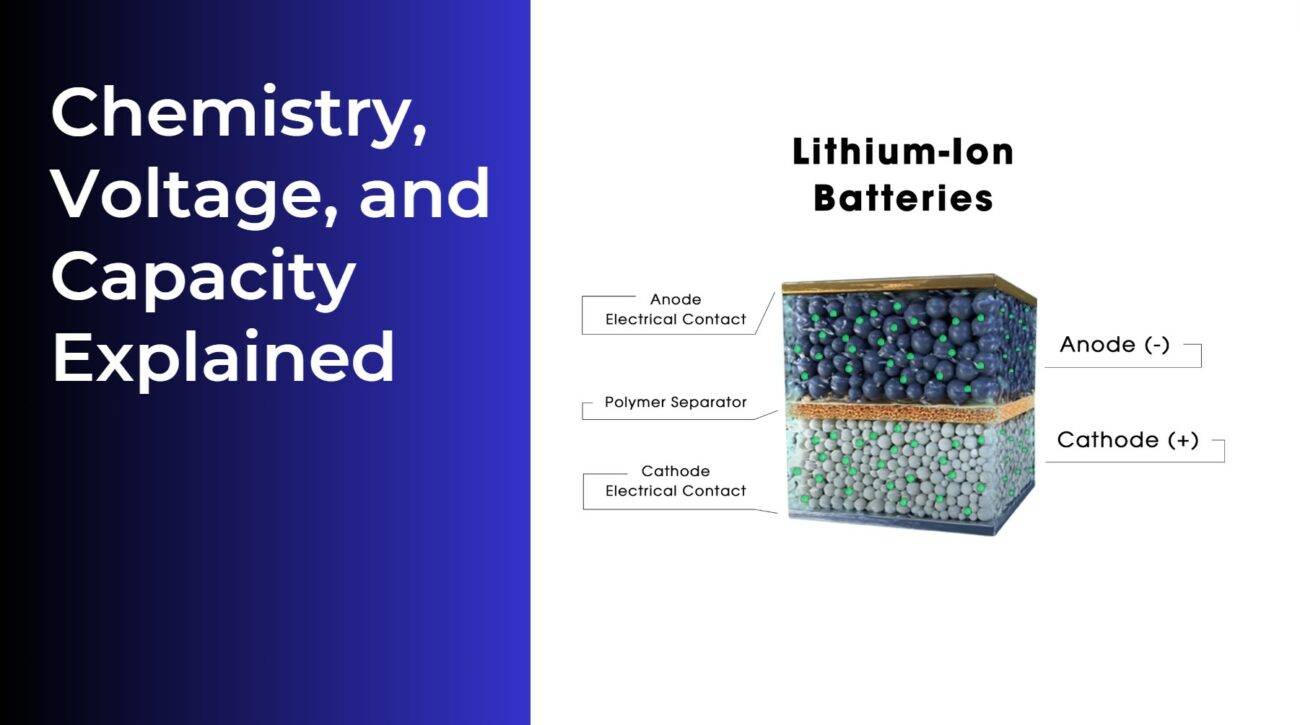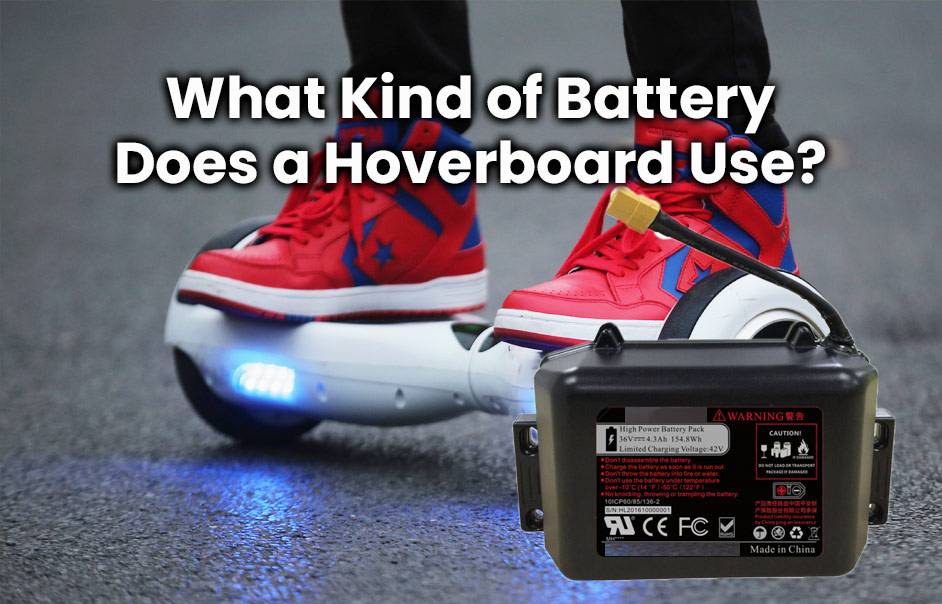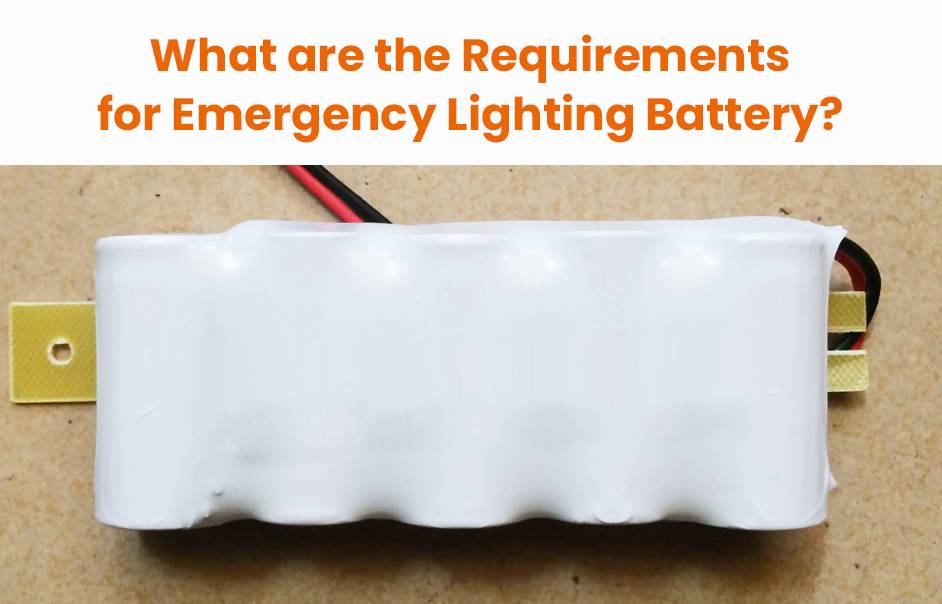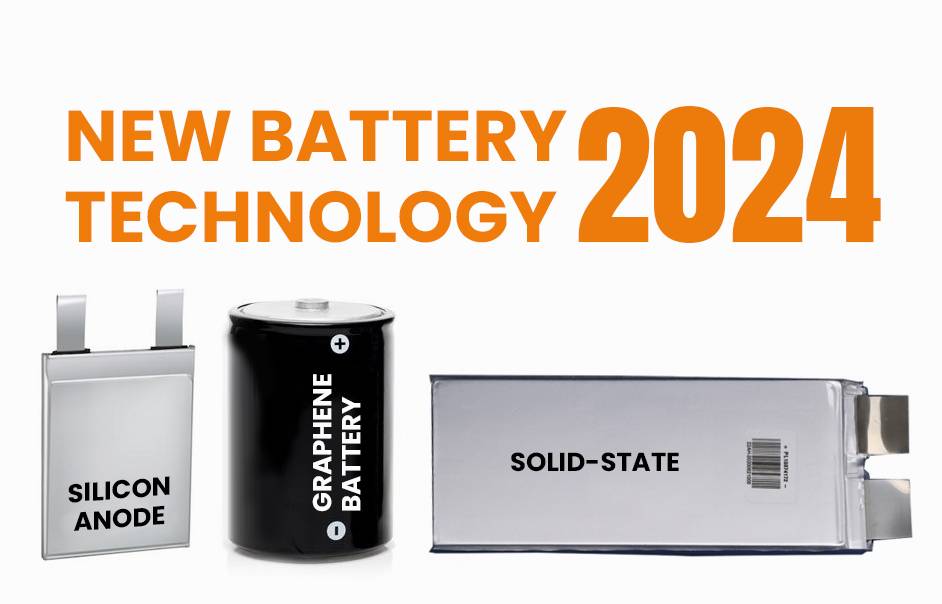- Lithium Golf Cart Battery
- Forklift Lithium Battery
-
48V
- 48V 210Ah
- 48V 300Ah
- 48V 420Ah (949 x 349 x 569 mm)
- 48V 420Ah (950 x 421 x 450 mm)
- 48V 456Ah
- 48V 460Ah (830 x 630 x 590 mm)
- 48V 460Ah (950 x 421 x 450 mm)
- 48V 460Ah (800 x 630 x 600 mm)
- 48V 460Ah (820 x 660 x 470 mm)
- 48V 500Ah
- 48V 560Ah (810 x 630 x 600 mm)
- 48V 560Ah (950 x 592 x 450 mm)
- 48V 600Ah
- 48V 630Ah
-
48V
- 12V Lithium Battery
12V 150Ah Lithium RV Battery
Bluetooth App | BCI Group 31
LiFePO4 Lithium
Discharge Temperature -20°C ~ 65°C
Fast Charger 14.6V 50A
Solar MPPT Charging - 24V Lithium Battery
- 36V Lithium Battery
- 48V Lithium Battery
-
48V LiFePO4 Battery
- 48V 50Ah
- 48V 50Ah (for Golf Carts)
- 48V 60Ah (8D)
- 48V 100Ah (8D)
- 48V 100Ah
- 48V 100Ah (Discharge 100A for Golf Carts)
- 48V 100Ah (Discharge 150A for Golf Carts)
- 48V 100Ah (Discharge 200A for Golf Carts)
- 48V 150Ah (for Golf Carts)
- 48V 160Ah (Discharge 100A for Golf Carts)
- 48V 160Ah (Discharge 160A for Golf Carts)
-
48V LiFePO4 Battery
- 60V Lithium Battery
-
60V LiFePO4 Battery
- 60V 20Ah
- 60V 30Ah
- 60V 50Ah
- 60V 50Ah (Small Size / Side Terminal)
- 60V 100Ah (for Electric Motocycle, Electric Scooter, LSV, AGV)
- 60V 100Ah (for Forklift, AGV, Electric Scooter, Sweeper)
- 60V 150Ah (E-Motocycle / E-Scooter / E-Tricycle / Tour LSV)
- 60V 200Ah (for Forklift, AGV, Electric Scooter, Sweeper)
-
60V LiFePO4 Battery
- 72V~96V Lithium Battery
- Rack-mounted Lithium Battery
- E-Bike Battery
- All-in-One Home-ESS
- Wall-mount Battery ESS
-
Home-ESS Lithium Battery PowerWall
- 24V 100Ah 2.4kWh PW24100-S PowerWall
- 48V 50Ah 2.4kWh PW4850-S PowerWall
- 48V 50Ah 2.56kWh PW5150-S PowerWall
- 48V 100Ah 5.12kWh PW51100-F PowerWall (IP65)
- 48V 100Ah 5.12kWh PW51100-S PowerWall
- 48V 100Ah 5.12kWh PW51100-H PowerWall
- 48V 200Ah 10kWh PW51200-H PowerWall
- 48V 300Ah 15kWh PW51300-H PowerWall
PowerWall 51.2V 100Ah LiFePO4 Lithium Battery
Highly popular in Asia and Eastern Europe.
CE Certification | Home-ESS -
Home-ESS Lithium Battery PowerWall
- Portable Power Stations
What Does the “27” Mean on a Battery?
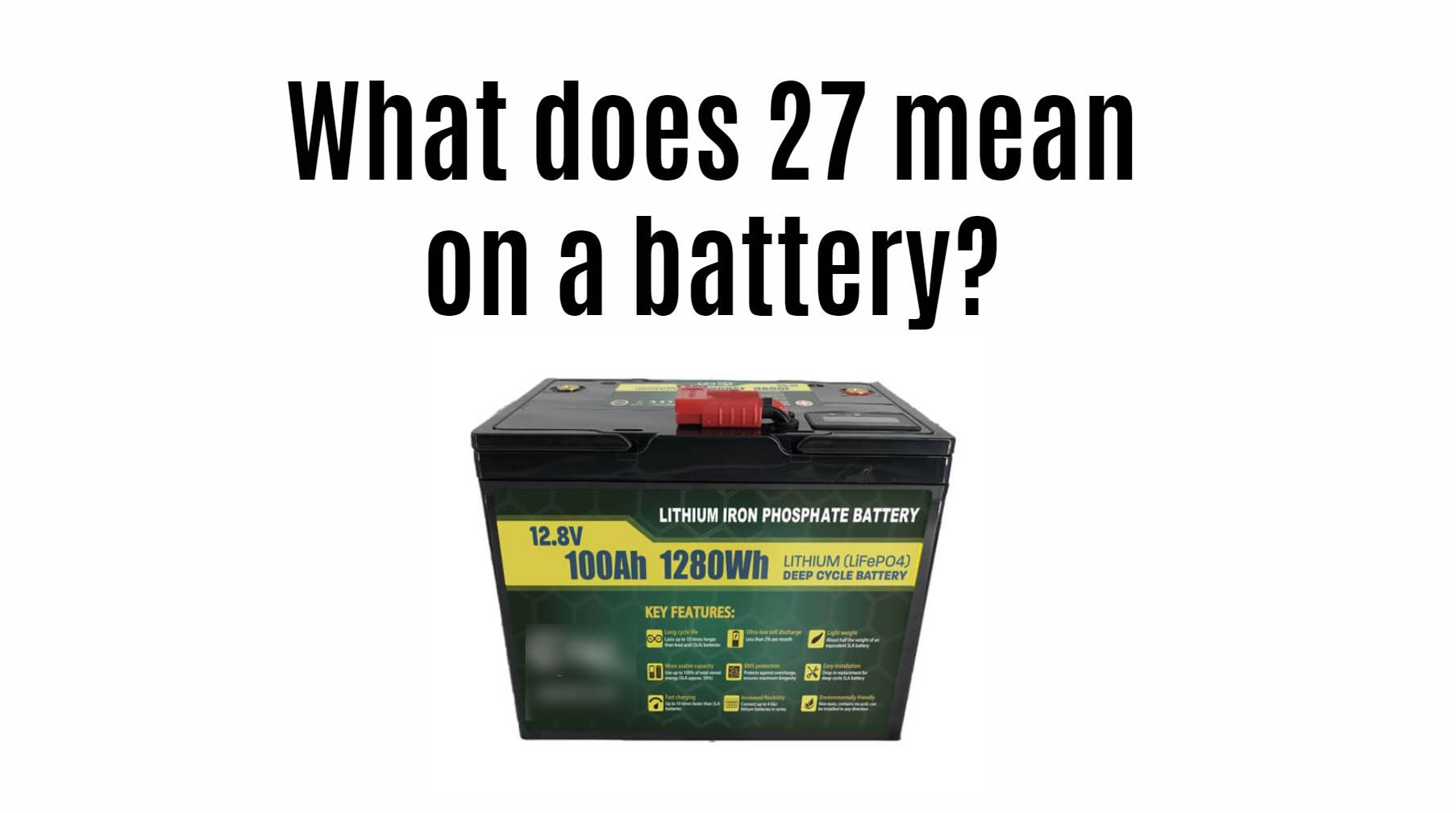
The “27” in Group 27 battery refers to a standardized size classification established by the Battery Council International (BCI). This designation indicates specific dimensions and performance characteristics, making it easier for consumers and manufacturers to identify batteries that will fit their needs.
Table of Contents
ToggleWhat Is a Group 27 Battery?
A Group 27 battery is a type of lead-acid battery commonly used in various applications, including marine, RV, and automotive settings. It typically has a higher capacity than smaller battery groups, allowing it to provide sustained power over longer periods.Chart: Overview of Group 27 Batteries
| Specification | Details |
|---|---|
| Length | Approximately 12.06 inches |
| Width | Approximately 6.81 inches |
| Height | Approximately 8.56 inches |
| Typical Capacity (Ah) | Ranges from 90 to 110 Ah |
How Does Group 27 Compare to Other Battery Groups?
When compared to other battery groups, such as Group 24, the Group 27 battery offers several advantages:
- Higher Capacity: Typically, Group 24 batteries have capacities ranging from 70 to 85 Ah, while Group 27 batteries range from 90 to 110 Ah.
- Size Differences: The dimensions of a Group 27 battery allow it to store more energy, making it suitable for applications requiring extended use.
What Are the Applications for Group 27 Batteries?
Group 27 batteries are versatile and can be used in various applications, including:
- Marine Applications: Ideal for powering boats and other watercraft where reliable energy is crucial.
- Recreational Vehicles (RVs): Provides energy for appliances and systems without draining the starting battery.
- Backup Power Systems: Used in off-grid setups or as backup power sources in case of outages.
What Are the Key Specifications of Group 27 Batteries?
Key specifications include:
- Capacity: Typically ranges from 90 to110 Ah, allowing for longer run times.
- Cold Cranking Amps (CCA): Generally provides around 600 to1000 CCA, which is essential for starting engines in cold conditions.
- Reserve Capacity (RC): Offers around 140 to220 minutes, indicating how long the battery can run at a specific load before being discharged.
How Do Different Battery Groups Affect Performance?
The performance of batteries can vary based on their group sizes due to differences in capacity and discharge rates:
- Higher Capacity: A larger group size like the Group 27 can provide power for longer periods without needing frequent recharging.
- Discharge Rates: Smaller batteries may discharge faster under heavy loads compared to larger counterparts.
- Compatibility with Systems: Using mismatched batteries can lead to inefficiencies in energy use within electrical systems.
What Is the Importance of Battery Group Size?
Battery group size is crucial for several reasons:
- Space Constraints: The physical dimensions of a battery must fit within designated compartments in vehicles or equipment.
- Power Requirements: Larger batteries generally provide more power over time, which is essential for high-demand applications.
- Weight Considerations: Heavier batteries may affect vehicle performance or handling, particularly in automotive applications.
What Are the Dimensions and Weight of a Group 27 Battery?
A typical Group 27 battery has dimensions approximately:
- Length: 12.06 inches
- Width: 6.81 inches
- Height: 8.56 inches
The weight usually ranges between 50 and 70 pounds, depending on its construction (e.g., lead-acid vs. AGM).
How to Choose the Right Group 27 Battery for Your Needs?
When selecting a Group 27 battery:
- Assess your power needs—consider how much energy you require for your applications.
- Check available space—ensure that your chosen battery fits within the designated area.
- Review manufacturer specifications—consult guidelines for optimal performance based on your specific requirements.
Tips for Battery Wholesale Buyers
When selecting batteries for OEM applications, consider:
- Performance Requirements: Assess energy density, cycle life, and discharge rates needed for your application.
- Cost Efficiency: Evaluate both initial costs and long-term savings associated with battery longevity and maintenance.
- Supplier Reliability: Partner with established manufacturers like Redway Power, which offers high-quality lithium battery solutions backed by over 13 years of experience.
By understanding these factors, buyers can make informed decisions that enhance their product offerings while optimizing performance.
Redway Power Expert Views
“Choosing the right battery group is essential for ensuring optimal performance,” states an expert from Redway Power. “Understanding the implications of different group sizes helps maintain efficiency and prolongs battery life.”In conclusion, understanding what “Group 27” means in terms of specifications and applications allows users to make informed choices about their power needs.
FAQ Section
- What does “Group 27” mean on a battery?
“Group 27” refers to a standardized size classification indicating specific dimensions and capacity characteristics set by the Battery Council International. - How does a Group 24 battery compare to a Group 27?
A Group 24 battery typically has lower capacity (70-85 Ah) compared to Group 27 (90-110 Ah), making Group 27 better suited for high-demand applications. - What are common uses for Group 27 batteries?
Common uses include marine applications, recreational vehicles (RVs), and backup power systems. - What should I consider when choosing between these groups?
Consider your power requirements, available space, and manufacturer specifications when making your choice. - Can I replace a Group 24 with a Group 27?
While technically possible if space allows, ensure compatibility with your system’s electrical needs.














